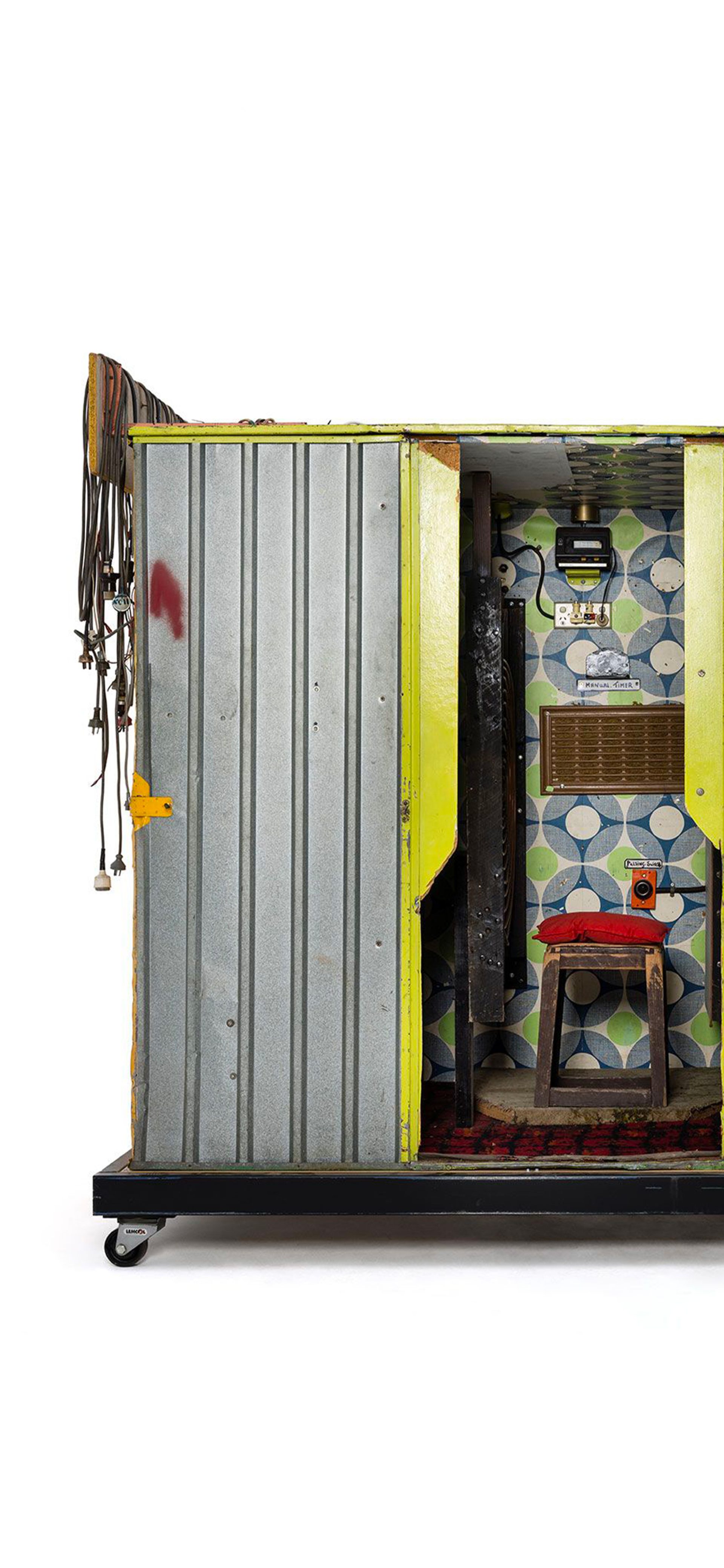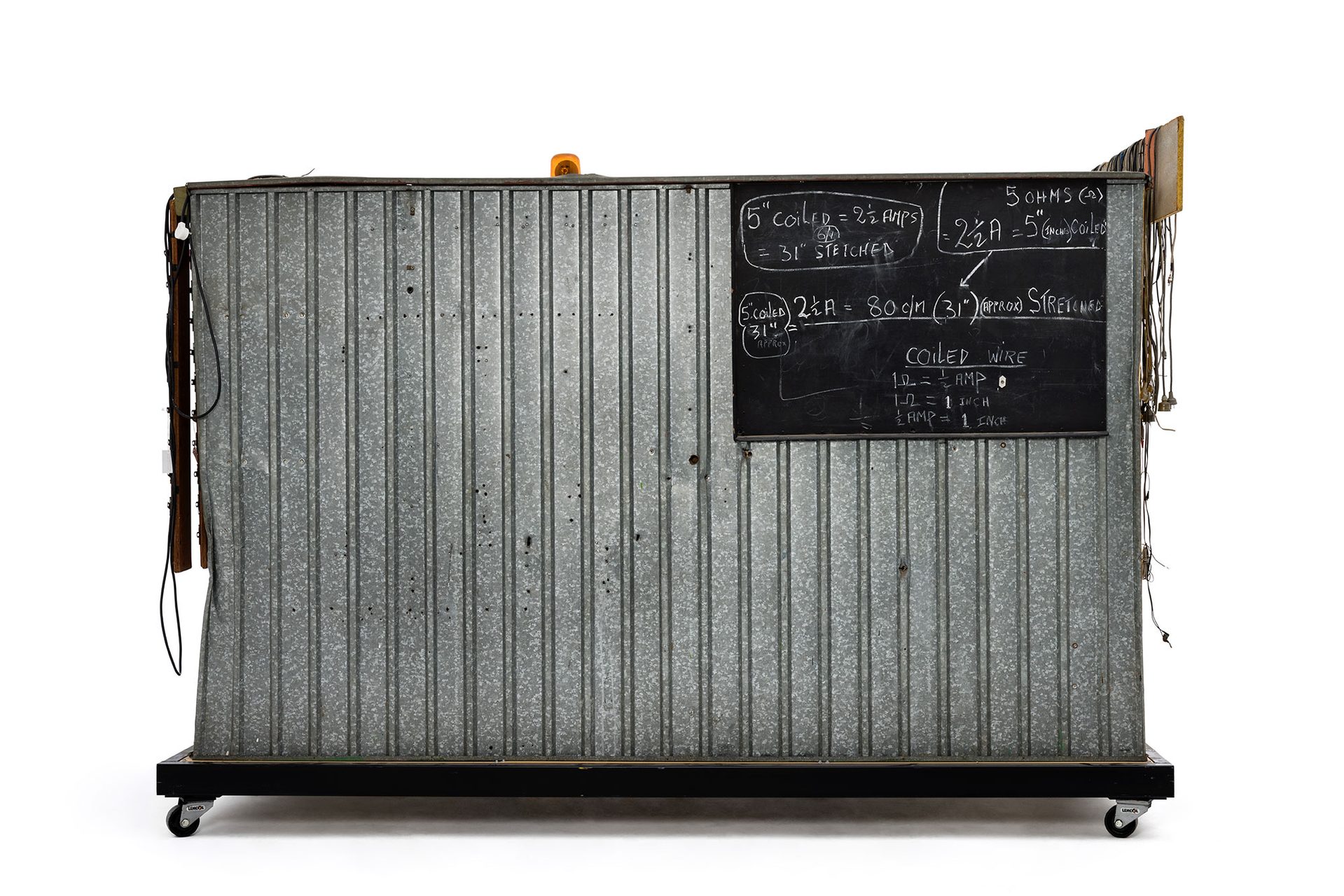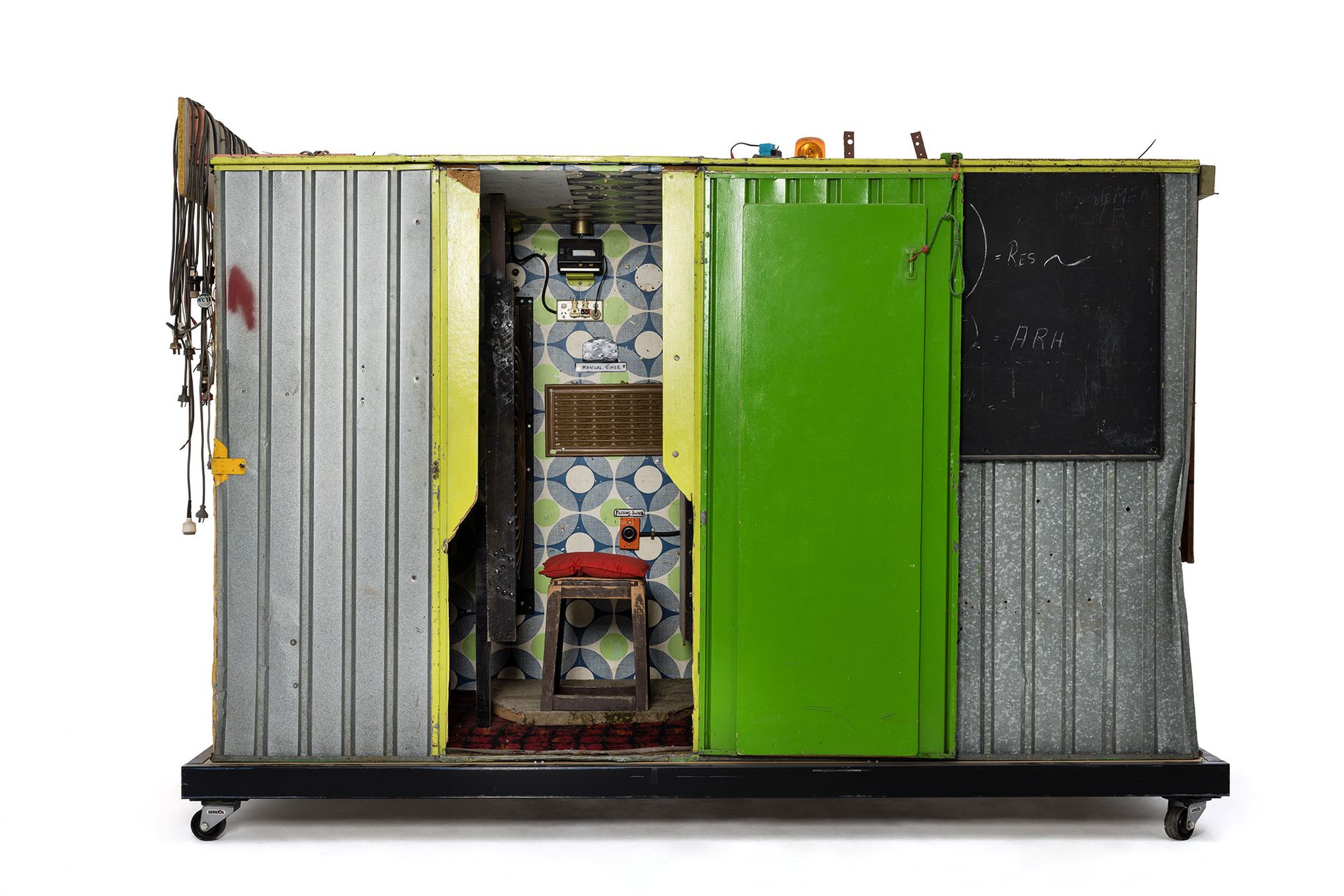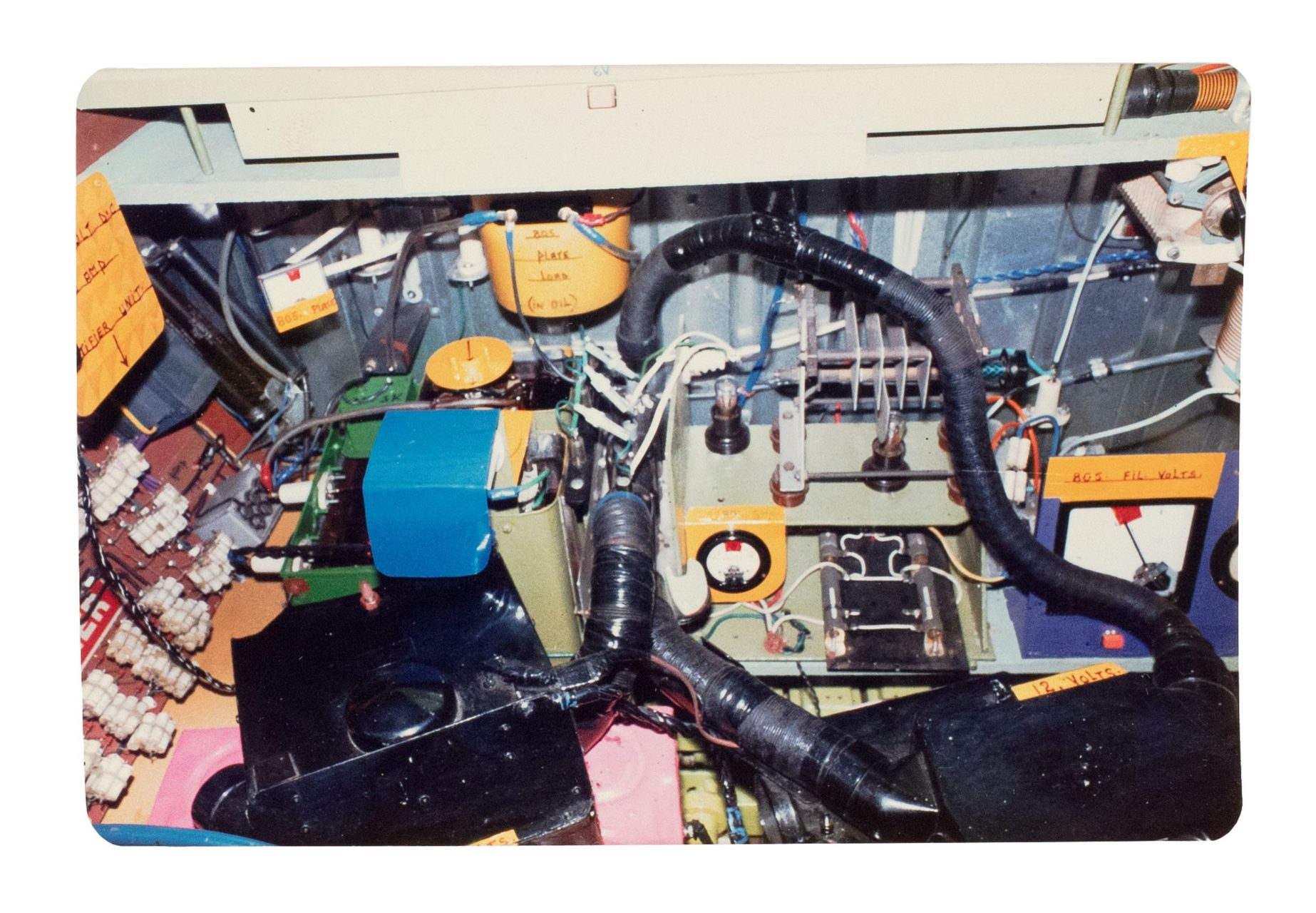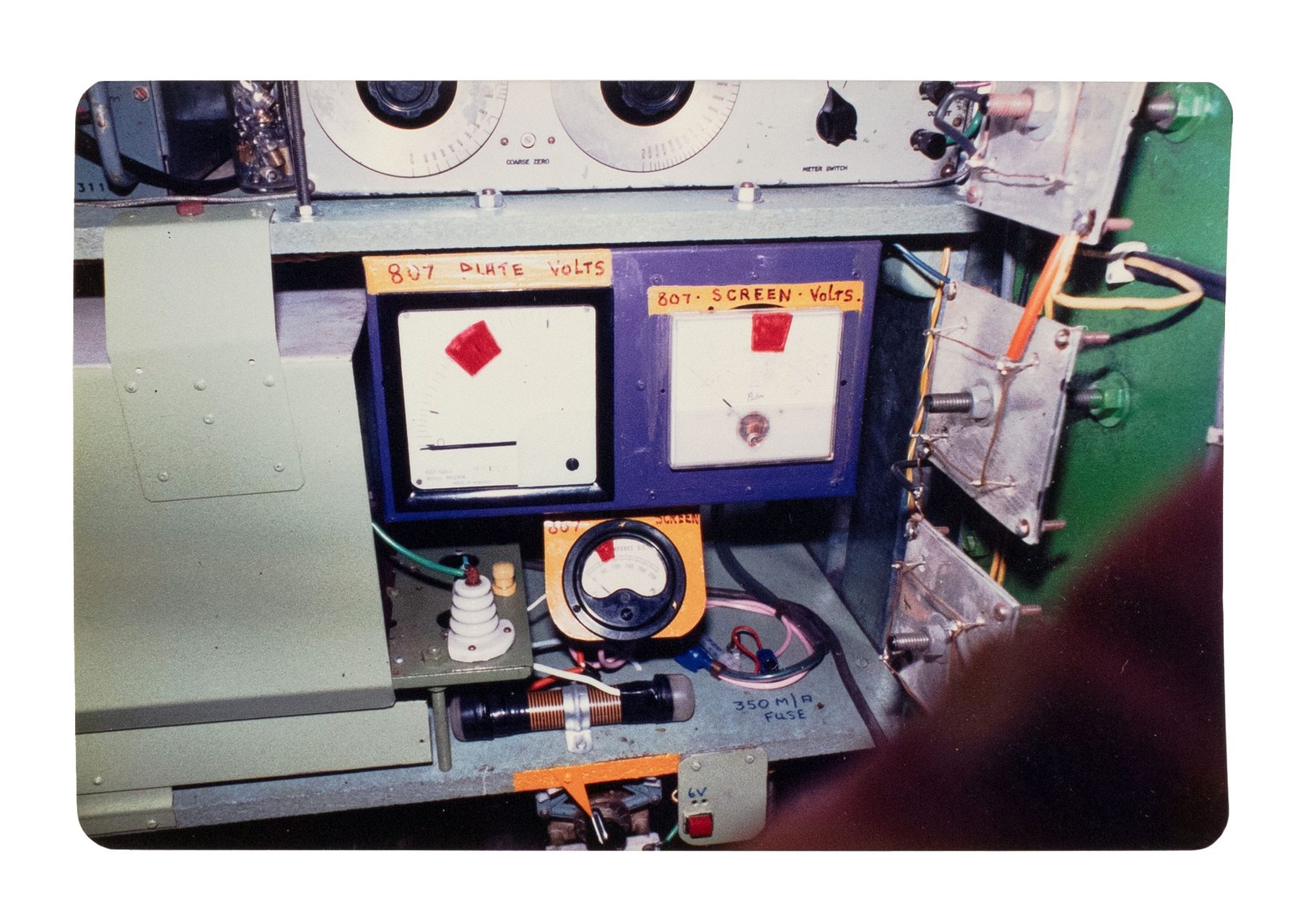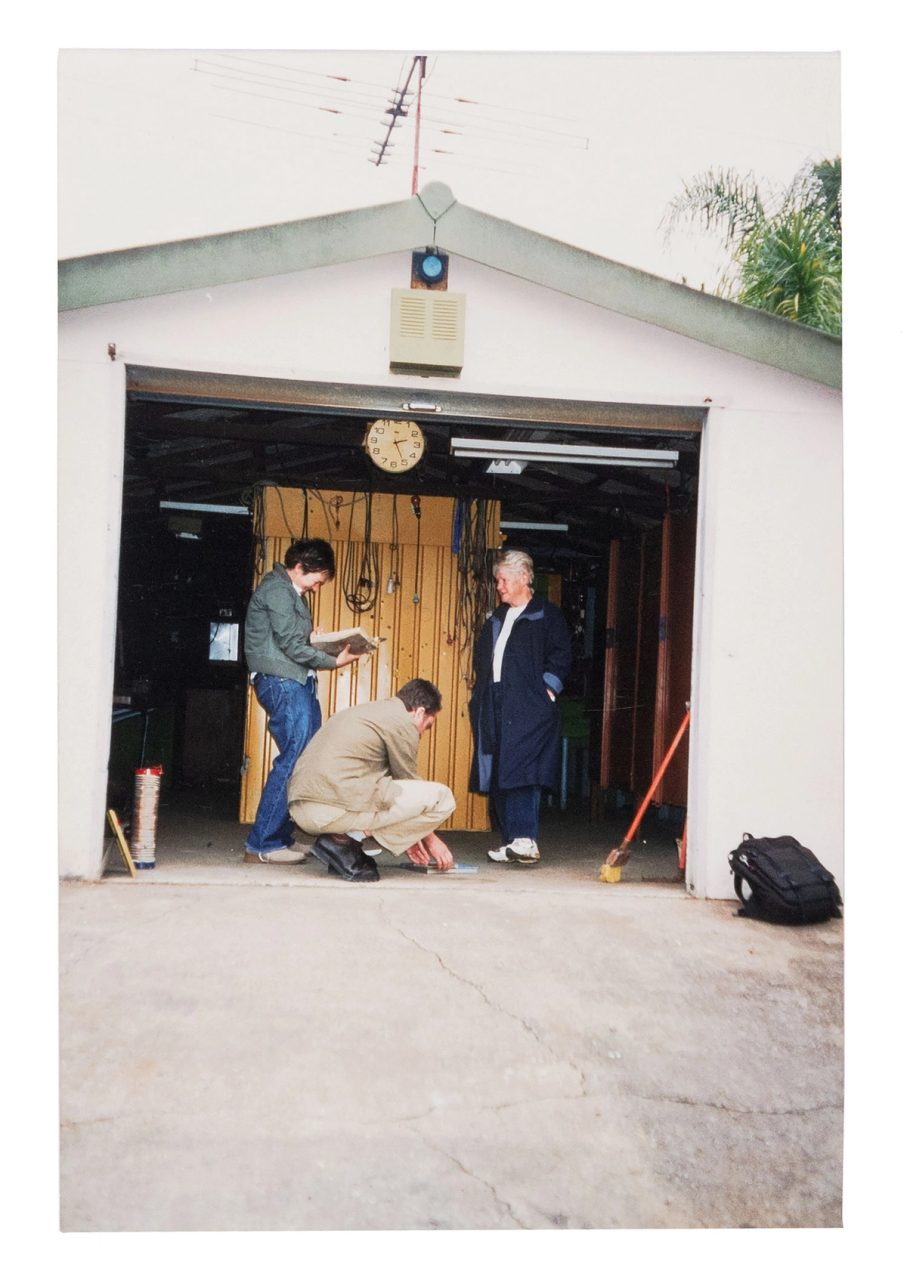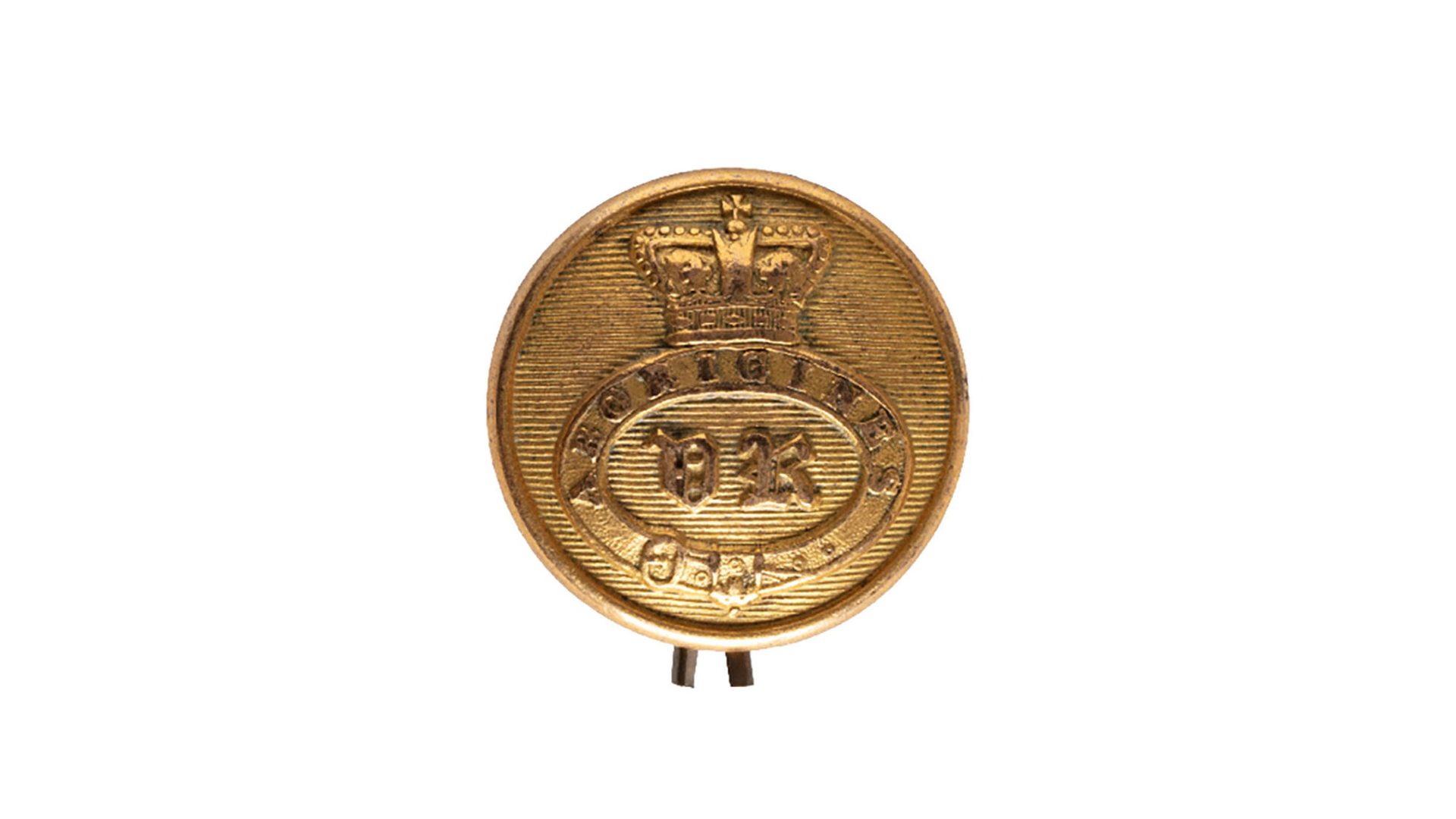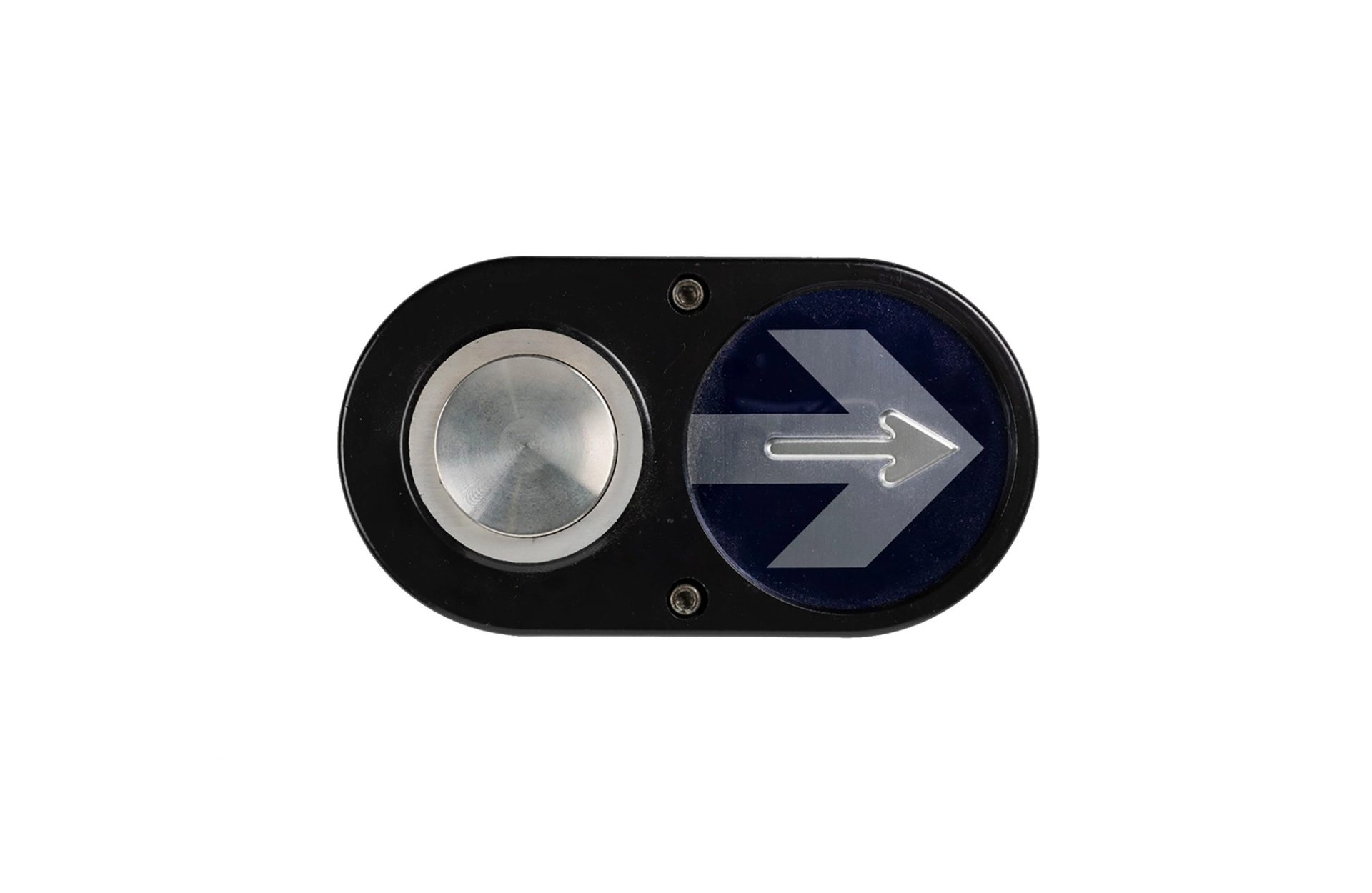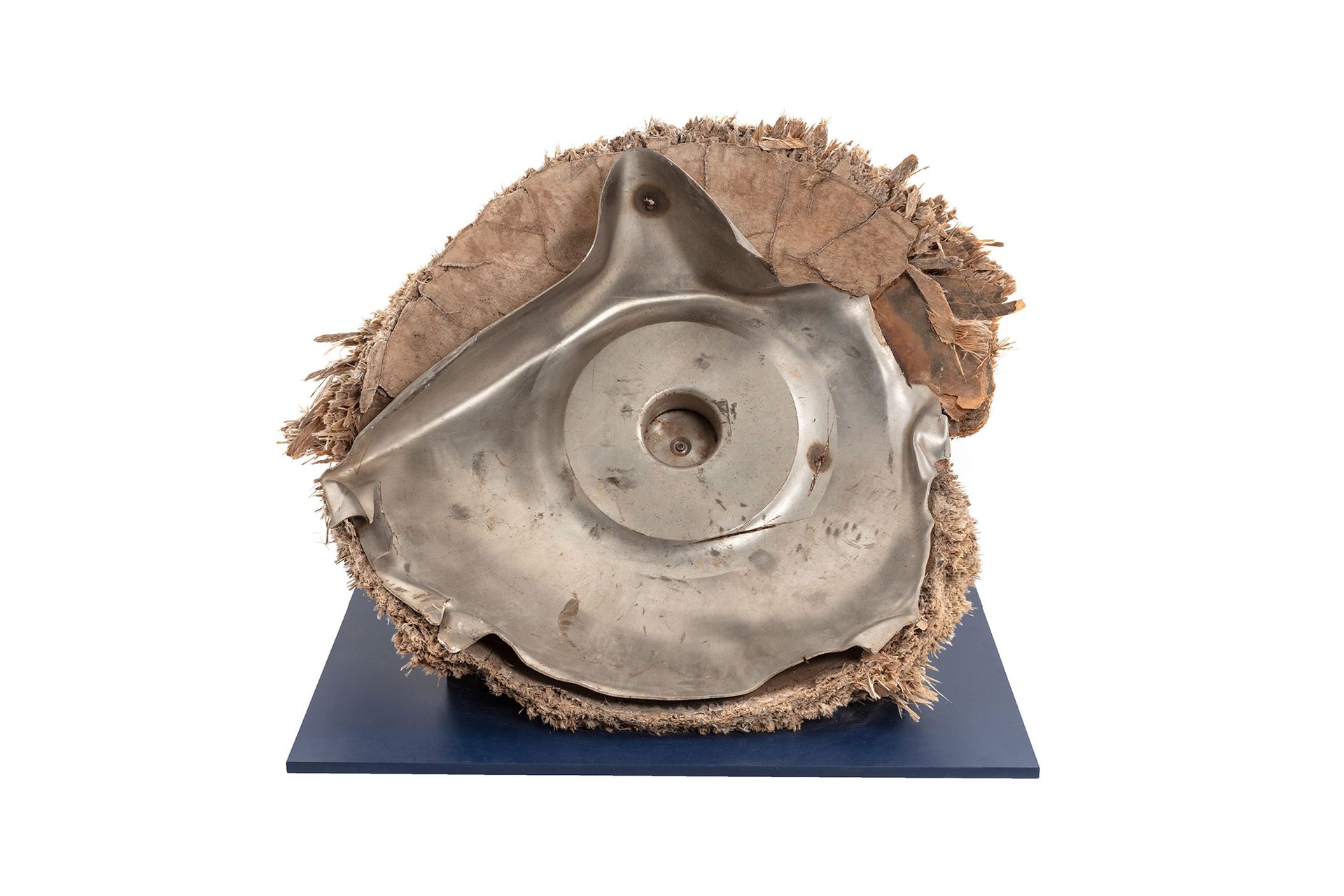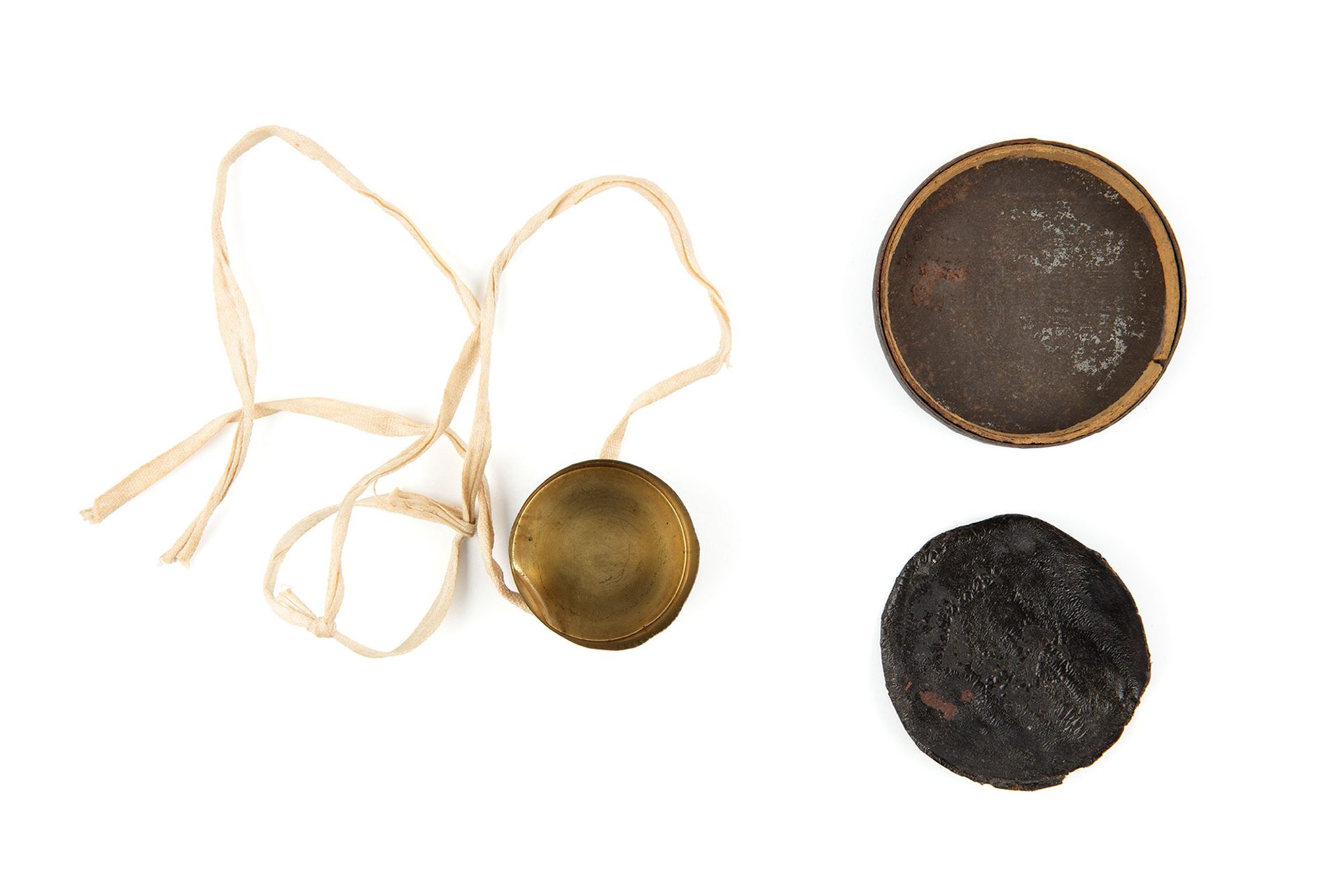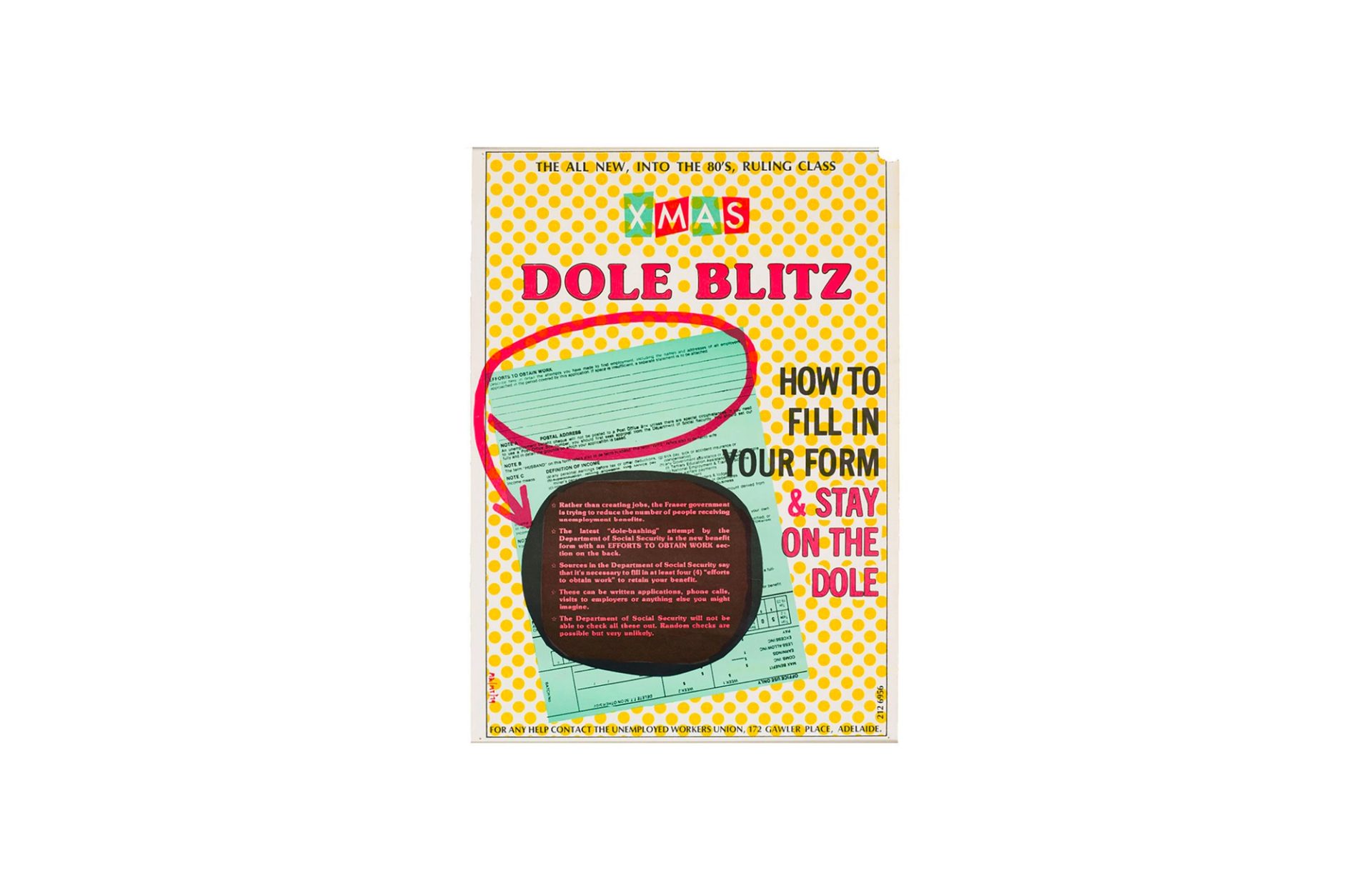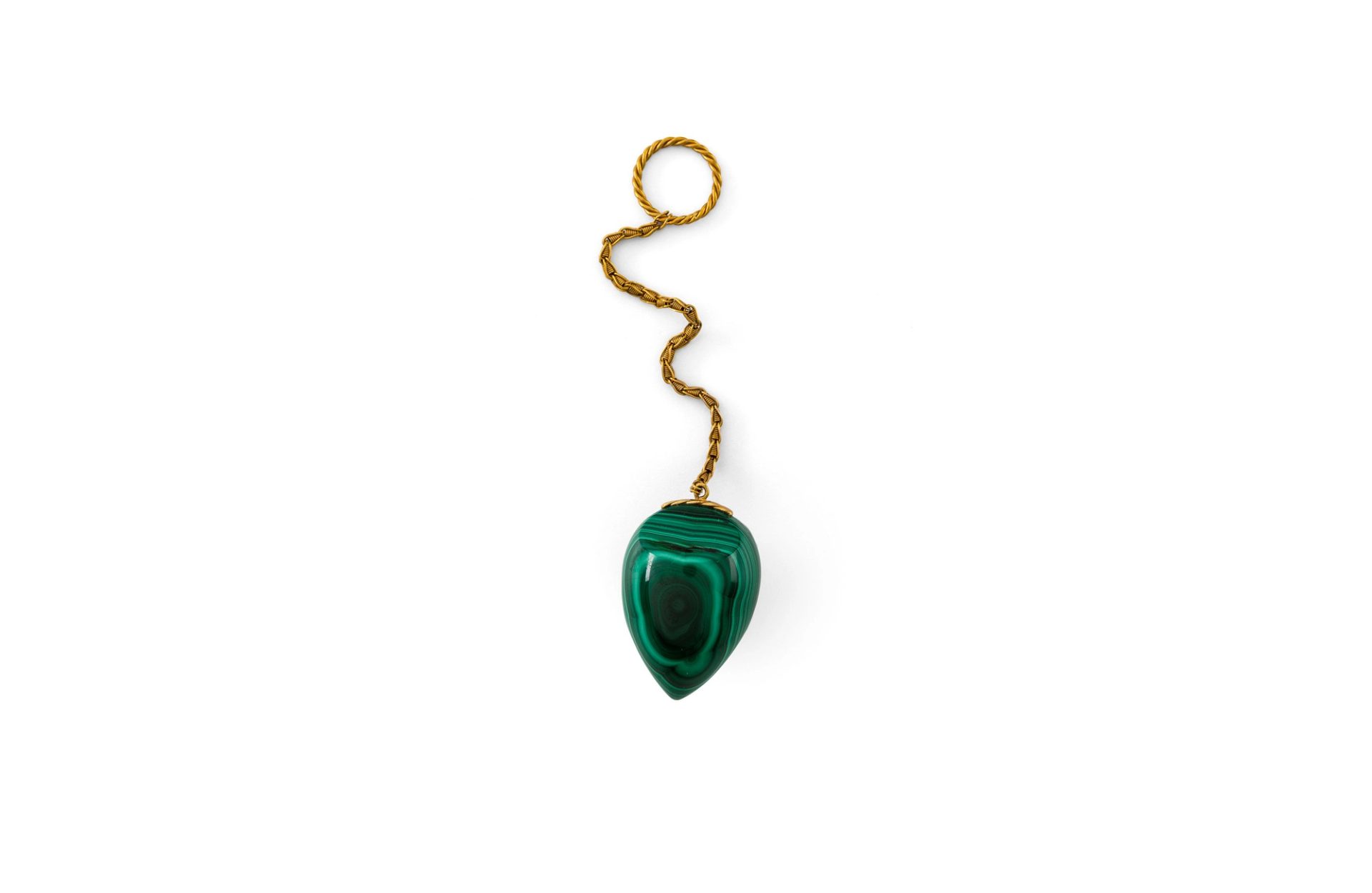A Radiating Body

From heartbeats to brainwaves, economic cycles to cosmic orbits, oscillations can be found everywhere. This podcast takes artists and listeners deep into the Powerhouse Collection of half a million objects to unearth stories about the vibrations, fluctuations, and movements woven through our world – and beyond it.
A Radiating Body Miyuki Jokiranta turns to the not-so-distant past, when the body still held mystery and medicine still had a touch of magic about it. This replica of a multi-wave oscillator machine, built by Angas Vivian Jones in 1970s Sydney, is at once a homemade therapeutic device, and a container for desire, faith and an irrepressible spirit of invention.
‘The first electricians were like magicians, performing feats of conductance for an audience. Lightning strikes a key on the end of a kite.’
Transcript
Neil Wilson The sort of person who'd like to take on a project like this is obviously driven. They're driven to either experiment or explore or both. They may even be driven by a health concern. It could be in a loved one, it could be their own, but they're certainly driven by something.
Eloise Oxer The home security system, The Quadra Phonic Stereo. Sydney's first kitchen lit up with fluorescent bulbs, possibly. A long list of homemade devices fill the house and homemade remedies like the green and yellow shed in the backyard. Object number 200442 1: homemade multi wave oscillator therapeutic device.
NW And it's got a blackboard on the front with some diagrams about waves. It's interesting that he chose to put it in a metal shed because if I was developing something that's going to produce radiation in any form, I want to make sure that I've got a safety shield around it because it would act like a Faraday cage and stop it being transmitted outside the shed. My name is Neil Wilson. My current job is the laboratory manager at St Vincent's Hospital. I do a range of things, but one of the things that I've always been interested in is amateur radio.
EO Neil's dad was also an amateur radio enthusiast around the same era as Angas Jones.
‘My advice is, if you're going to build one of these devices, don't experiment on yourself. Know what electricity can do.’
NW Hertz or hertzian waves, what today we would call radio waves, were discovered in the 1880s and quickly became a thing of interest. At the same time, we had Tesla who was developing Tesla coils and he was looking at how he could transfer power through the air, so to speak. We've also had D'arsonval who was a medical person, and he was interested in application of electricity to that area. And then you've got to also remember DNA wasn't discovered until the fifties, so there's a long way to go before they know what we know today. And it's not surprising that they had the ideas that maybe these things could actually help the body.
EO The first electricians were like magicians, performing feats of conductance for an audience. Lightning strikes a key on the end of a kite.
NW As they found out about electricity, they animated things like frogs' legs and so forth. And so, they had this feeling that electricity was a bit of a vital spirit. Was very common to believe in things like Ouija boards and spirits.
EO An action.
NW Remote action.
EO At a distance.
NW And so it's not surprising that you've got these new radio waves. Can they be doing certain things? And they came up with an idea that cells all had their own resonant frequencies. So, if a diseased cell wasn't healthy, it may resonate at a different frequency again, or it needed re-energising through supplying that frequency.
EO Recalibrating.
NW Recalibrating is a perfect word for that.
Archival It is a lower cost multiple wave oscillator. This device is an original one made by Kaluza, that is the George Lakoff Company about in 1938 and 1940. And now we will show you this device in operation.
EO Okay.
Archival Open here, set the timer. And thanks to the one in this moment.
EO Okay.
Archival Okay.
EO He'll switch it on.
Archival Switch it on.
NW The concept behind it is that you're producing multiple frequencies, multiple waves going through a person, and you need to find the right wavelength for the cell type that you're trying to reinforce. By producing all of those different oscillations, you'll get the right ones, and you'll reinforce the right ones. Not miss out.
EO Metal.
Archival Okay. You can see at the centre the antennas; the brown cylinder are the Tesla coils.
EO Wood, plastic.
Archival This is the parameter to measure the intensity. This is off on and on with the timer. The timer can be set from zero up to 15 minutes.
EO Fabric, glass, cardboard. Made by Angas Vivian Jones. Dundas, Sydney, Australia. 1970 to 1975.
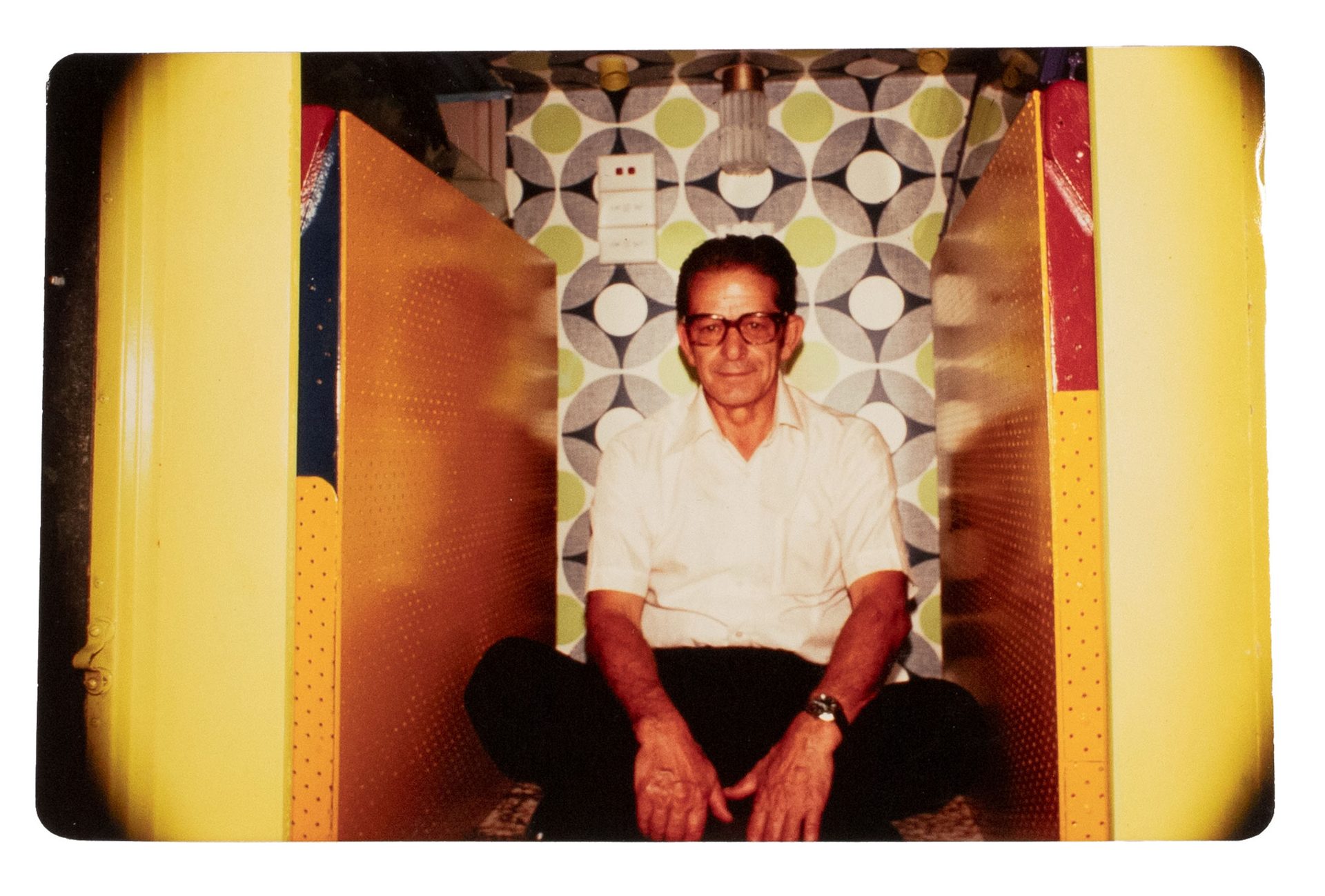
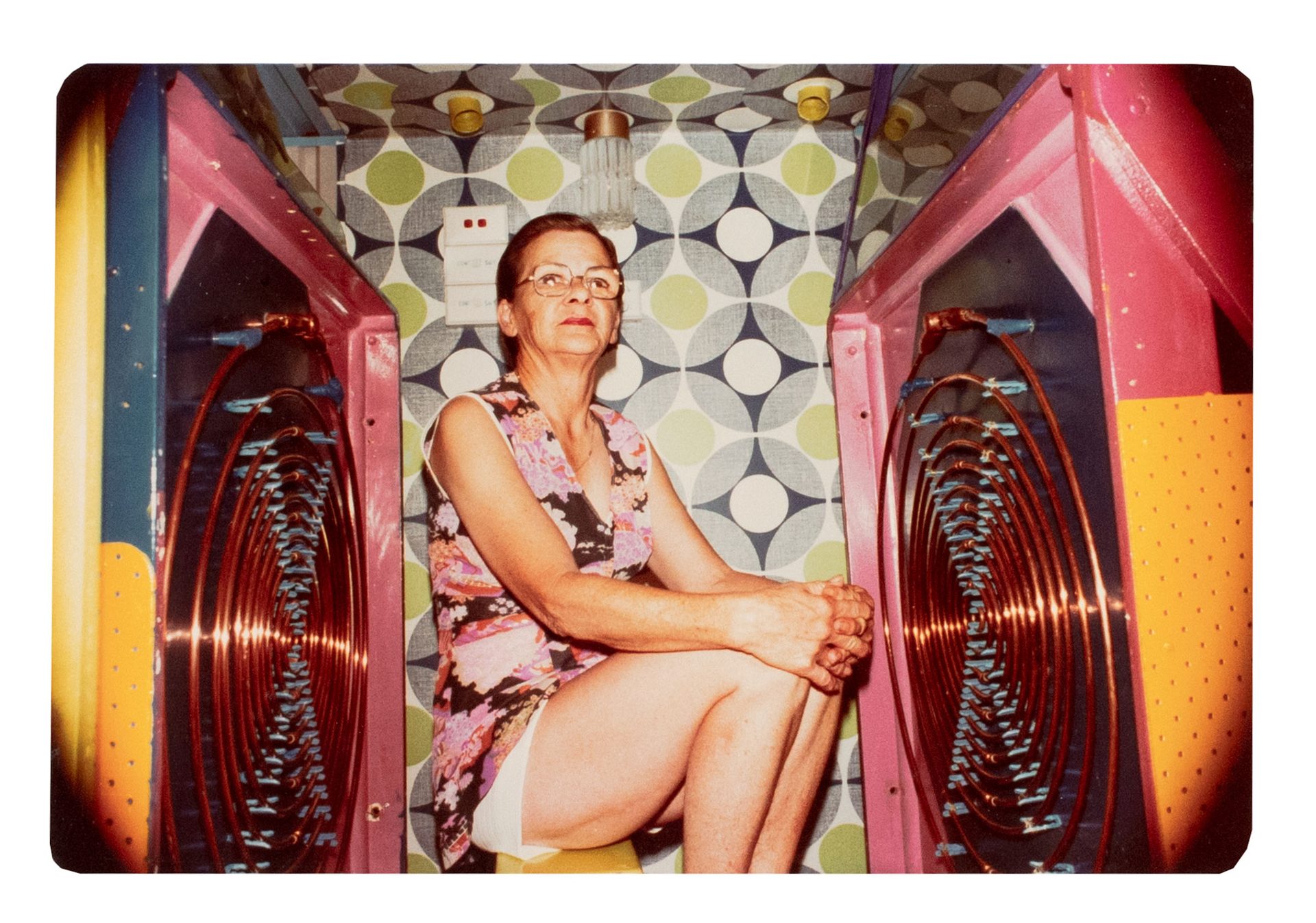

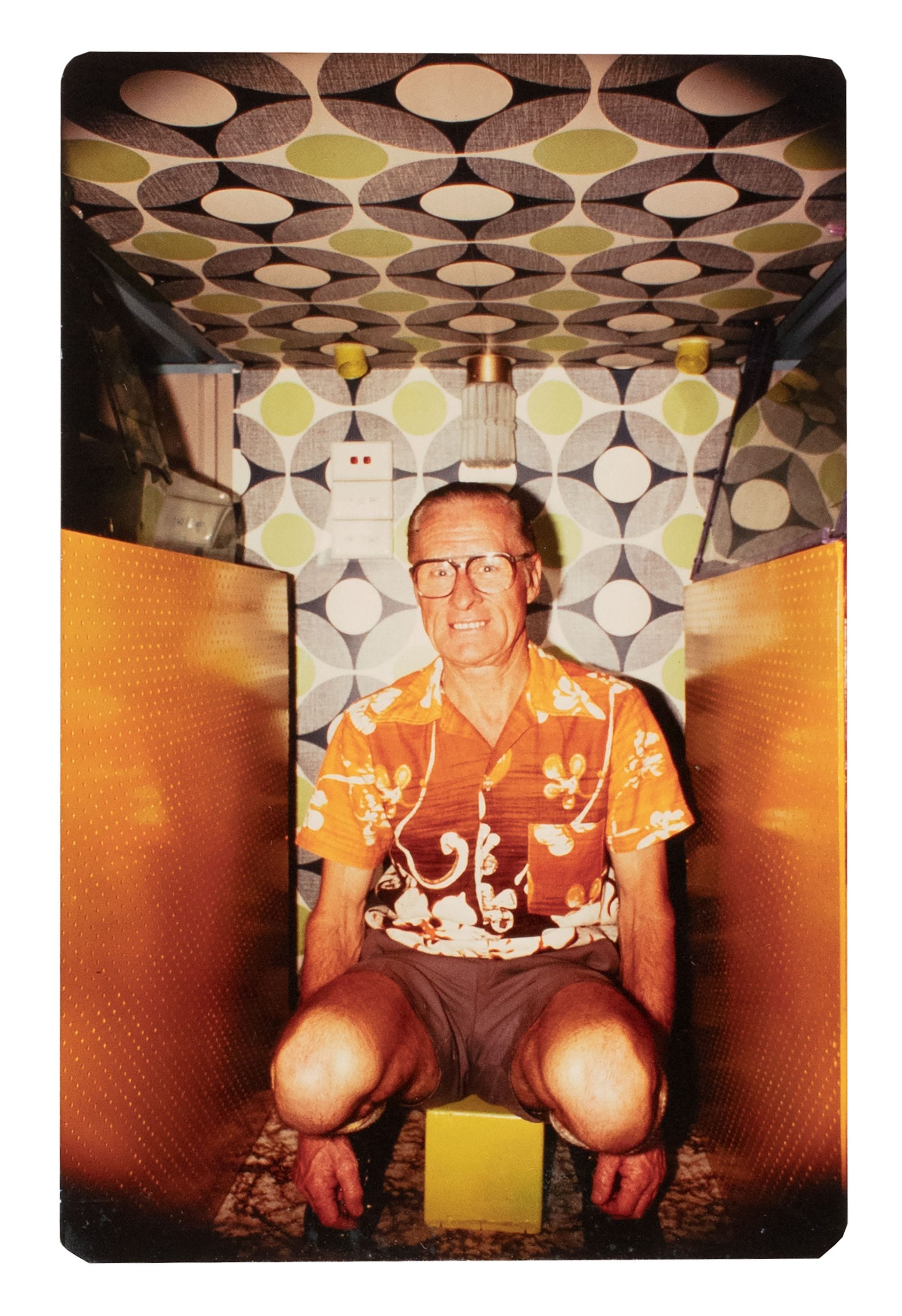
NW So, I'm just looking at a photograph here of a man and a woman sitting in Angas' device, which has copper rings on either side, and I'm assuming that's to transmit and receive his multi oscillating waves so that they're essentially radiating towards the patient on each side. It looks like, very much like sitting in a 1970s lounge room with the beautiful green-blue star shaped wallpaper and some protective frames that hold the coils.
‘Angas was always at markets and swap meets, looking for valves and components, repurposing building from scrap and first principles. To measure the enormous current of the MWA without a professional metre he arranged tens of light bulbs in series: a field of signalling lights.’
NW Certainly, you wouldn't want to be touching the coils because magnetically resonant coils produce very high voltages.
EO Certainly, Angas didn't fear electricity. It flowed through handmade switches and graphite electrical cable. Danger signs screwed in to beat up metal boxes. The distance on the dial between minimum and maximum strength just centimetres. From the notebook of Angas Jones, September 1976: it's rather vague. Maybe...
NW If you look at the design of the multiwave oscillator, you can see there is a series of concentric rings and each of the rings gets progressively smaller with a gap in the middle.
EO It's a load of crap, but it works.
NW There was a series of magnetically resonant antennas.
EO Held by plastic pegs.
NW So that you produce multiple oscillations at different frequencies.
EO Through the spaces between the rings via the patient under treatment. But it works.
NW The secret of life.
EO An oscillatory shock to restore cellular equilibrium.
NW And it's a change in time.
Sound effect The US patent number 1962565a, 565a, 565a.
NW The idea that cells have an oscillatory frequency, while it was completely off the mark, the fact that individual atoms like hydrogen or strings of atoms like molecules actually have resonant frequencies, that's not off the mark at all. In fact, that's mainstream today. We use it in magnetic resonance imaging, and we also see it in measurements that chemists do in various compounds. In some ways we've come a hell of a long way from the times of D'arsonval and Hertz and so forth, where they were doing fairly crude experiments. But they started off with thought experiments and they created amazing things.
EO Back in the 1970s, they were much closer to the original concepts of the twenties and thirties. The healing power of electricity was harder to accept now. But science as a vehicle for our hopes and desires still has currency.
NW It exactly does what it says, it oscillates, it changes between one state and another state and changes back again.
EO We're driven to explore powerful forces and simultaneously witness to a magician's trick. A typical oscillation is a circle, a movement towards a positive value that swings around and goes back through zero. Back to a negative value.
NW It goes backwards and forwards, up and down.
EO Up and down. It oscillates. But we see it in its crude form, a wave.
NW And it's a change in time.
About Miyuki Jokiranta
Miyuki Jokiranta presents and produces ABC Radio National’s documentary program, Earshot. Her work has aired on the BBC, NPR and the European Broadcasting Union. Miyuki fell in love with radio arts while curating Soundproof and has created expanded documentaries for MONA FOMA, Radio Revolten and BLEED festivals.










